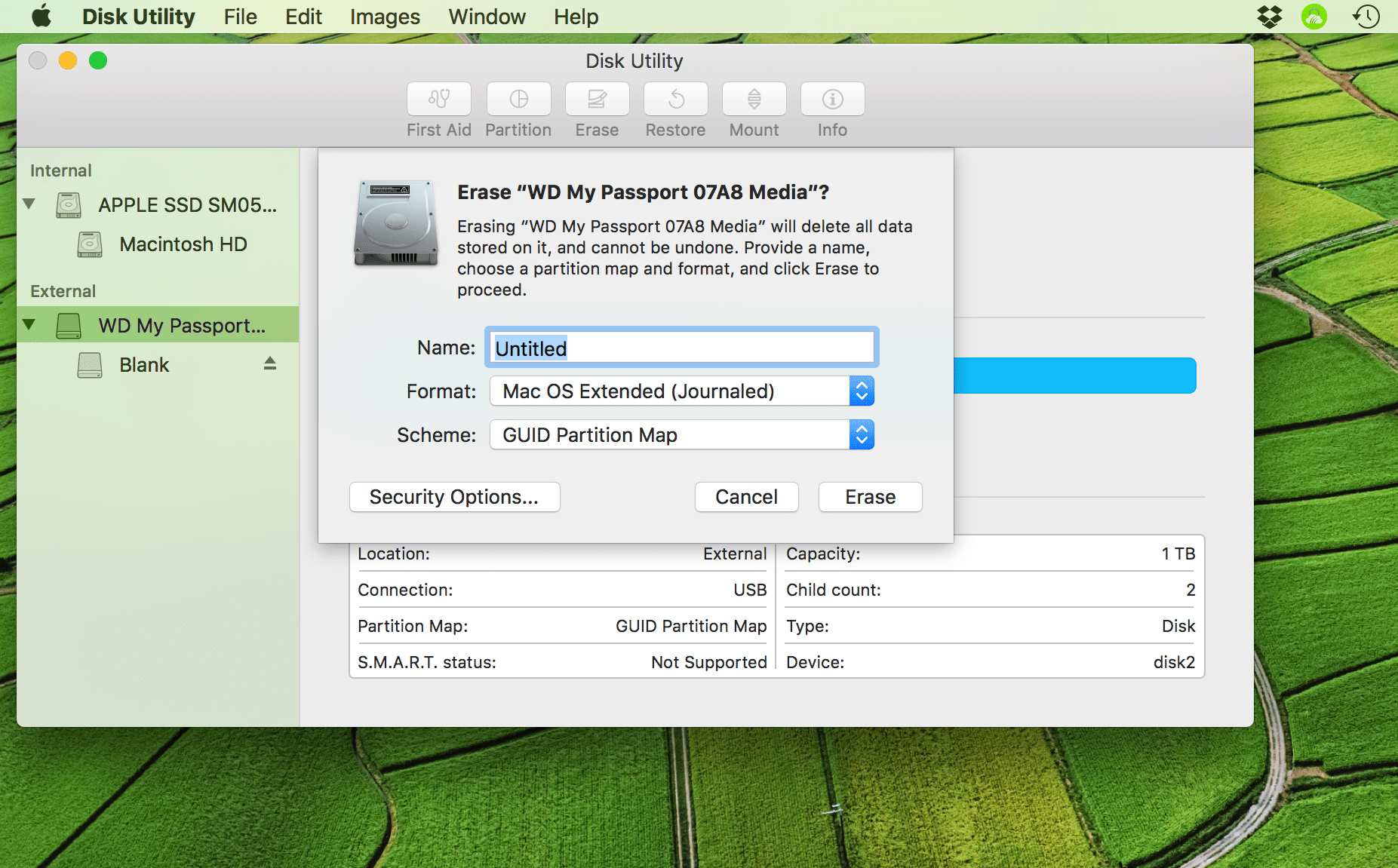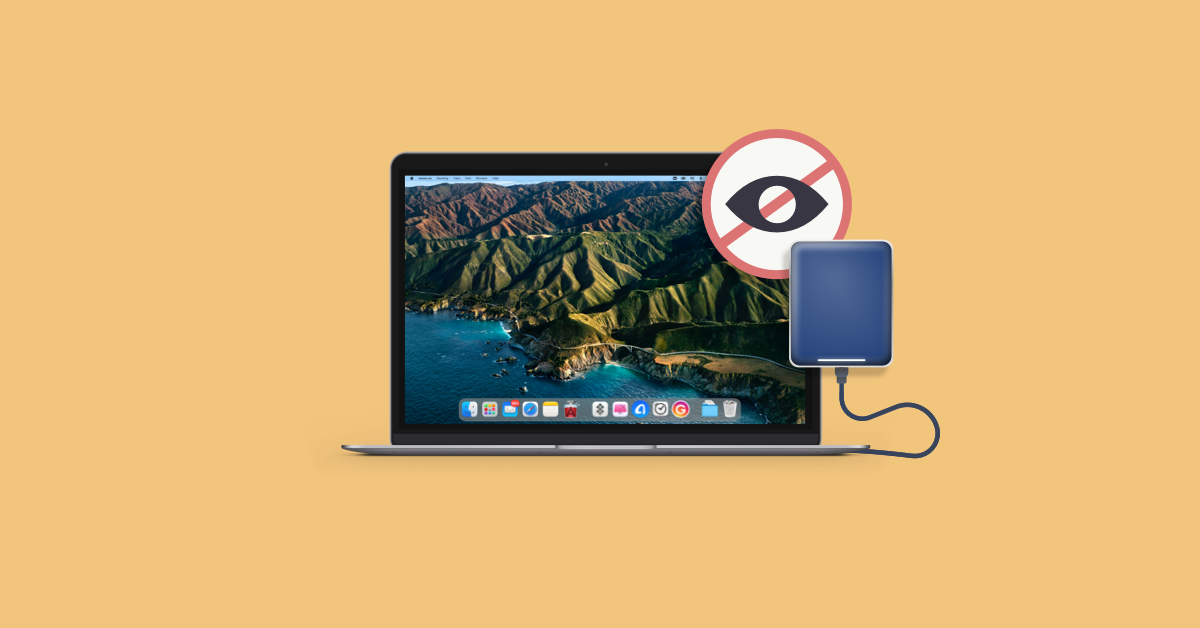

- #Making mount point for usb drive mac install
- #Making mount point for usb drive mac update
- #Making mount point for usb drive mac windows 10
- #Making mount point for usb drive mac mac
You will need to check where your downloaded Windows 10 ISO file is and use that. Now we're going to prep our downloaded ISO file so we can copy it over to our USB drive. Come back and try this command if step 7 fails, then redo steps 5, 6, and 7: diskutil eraseDisk MS-DOS "WIN10" MBR /dev/disk2 Step 5: Use hdiutil to mount the Windows 10 folder and prepare it for transfer. Note that for some hardware, you may instead need to run this command, which uses the MBR format for partitioning instead of GPT. This will probably only take about 20 seconds on a newer computer, but may take longer on an older computer. Then you'll see terminal output like this.

Run this command using the correct disk number for your USB:ĭiskutil eraseDisk MS-DOS "WIN10" GPT /dev/disk2 Note that you should replace the disk2 with the name of the your drive from step 3 if it wasn't disk2. This is a format that Windows 10 will recognize. Next format your USB drive to Windows FAT32 format. Step 4: Format your USB Drive to work with Windows You will see output like this (note - your Mac's terminal may be black text on a white background if you haven't customized it).Ĭopy the text I point to here. Paste the following command into your terminal and hit enter: Then type the word "terminal" and select Terminal from the dropdown list.

#Making mount point for usb drive mac mac
Open Mac Spotlight using the ⌘ + space keyboard shortcut. Step 3: Use the diskutil command to identify which drive your USB is mounted on I'm going to tell you exactly which commands to enter. You can do this using MacOS Spotlight by pressing both the ⌘ and Space bar at the same time, then typing "terminal" and hitting enter.ĭon't be intimidated by the command line interface. I bought a 32 gigabyte USB drive at Walmart for only $3, so this shouldn't be very expensive. The ISO file is only about 5 gigabytes, but I recommend you use a USB drive with at least 16 gigabytes of space just in case Windows needs more space during the installation process. Step 2: Insert your USB storage drive into your Mac
#Making mount point for usb drive mac update
If you want a non-English-language version of Windows, or want to get an older update version, download the ISO here instead. If you're not sure, go with the 32-bit version to be safe. If you have a relatively new computer, you probably want the 64-bit version. If you want an English-language version of the latest update of Windows 10, you can download the ISO here. That's right - everything we're going to do here is 100% legal and sanctioned by Microsoft. You can download the ISO file straight from Windows. In this tutorial we'll show you how you can set this up from a Mac.
#Making mount point for usb drive mac install
Luckily, Microsoft makes a tool that you can use to install Windows from a USB storage drive (or "thumbdrive" as they are often called).īut what if you don't have a second PC for setting up that USB storage drive in the first place? So it can be a pain to install Windows on a new computer. Systems handle mounting and unmounting for you.Most new PCs don't come with DVD drives anymore. Or Linux, the mount point is a directory. Mount point is represented by a disk or other icon in Unix Incorporates the media's file system into your local file system, andĬreates a mount point, a locally available link through which youĪccess an external device. When media is successfully mounted, your computer Your computer cannot recognize that format, the device cannot be Mounting ensures that your computer recognizes the media's format if Rendering unrecoverable all the files stored on the media. Unrecognized formats will cause it to write data incorrectly, possibly Also, forcing your computer to work with corrupted or Properly if the computer does not recognize the format, it will Your computer must beĪble to read the format on this media in order to interpret its data On a piece of media (such as a disk or CD-ROM). Your computer stores data in specific, structured file formats written Must make it accessible through the computer's file system. Hard drive, CD-ROM, or network share), you or your operating system Information here may no longer be accurate, and links may no longer be available or reliable.īefore your computer can use any kind of storage device (such as a This content has been archived, and is no longer maintained by Indiana University.


 0 kommentar(er)
0 kommentar(er)
